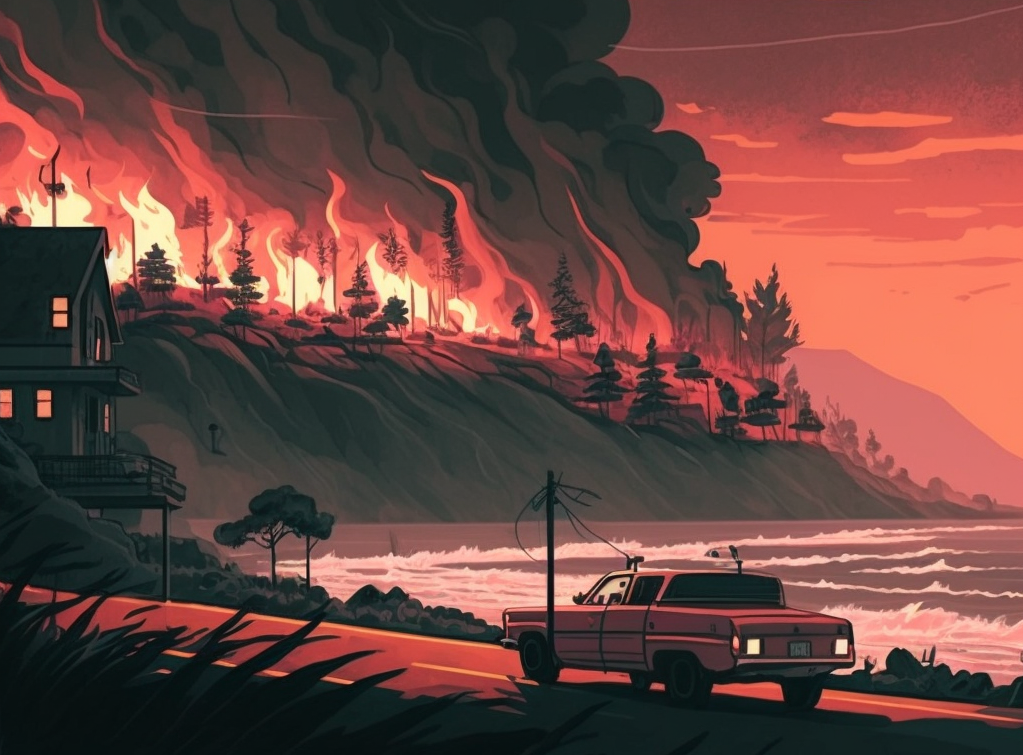Automating Climate Scenario Creation for Wildfire Modeling

Increasing fire risk in California due to climate change requires strategies to mitigate fire severity and assist communities in adapting. The Building Resilience to Wildfires initiative uses RHESSys-fire, an eco-hydrological model, to predict emerging fire regimes and target adaptation strategies. To understand changing fire regimes, it is essential to understand the changing climate. While climate models exist to provide valuable insights into climate trends and future projections, they don't capture the complete spectrum of the day-to-day weather for a given region. Thus, it is essential to create a diverse set of climate scenarios from these climate models in order to better prepare for the full range of possibilities. This project contributes to the larger Building Resilience to Wildfires initiative by presenting a process for creating these potential climate scenarios by stitching together pieces of existing climate model projections. To build each piece of a climate scenario, or each ‘segment’, climate models are searched for pieces that match the specified climate criteria of interest for that very segment. Once all desired segments are built, segments are then stitched together to make one continuous time-series: a ‘climate scenario’. To simplify the process of creating climate scenarios, we created an interactive web application and customizable workflow for scientists to efficiently construct and download climate scenarios (with an accompanying metadata summary for reproducibility and record-keeping). These climate scenario downloads can then be input into RHESSys-fire to predict potential fire regimes. To facilitate communication, visualizations were developed to demonstrate how the climate is expected to change in Santa Barbara.
Acknowledgements
UC Santa Barbara: Janet Choate, Lab Manager, Associate Specialist; Louis Graup, PhD Student; Chris Heckman, PhD Student; Max Moritz, Adjunct Professor; Ruth Oliver, Assistant Professor; Samantha Stevenson, Assistant Professor; Naomi Tague, Professor; Rachel Torres, PhD Student; and the broader Tague Team Lab
UC Agriculture and Natural Resources: Andy Lyons
The Moore Foundation: Sarah Anderson, Professor, Associate Dean of Diversity, Equity and Inclusion, Bren School of Environmental Science & Management and Director of the UC Disaster Resilience Network; Marion Wittmann, PhD, Executive Director of UCSB Natural Reserve System